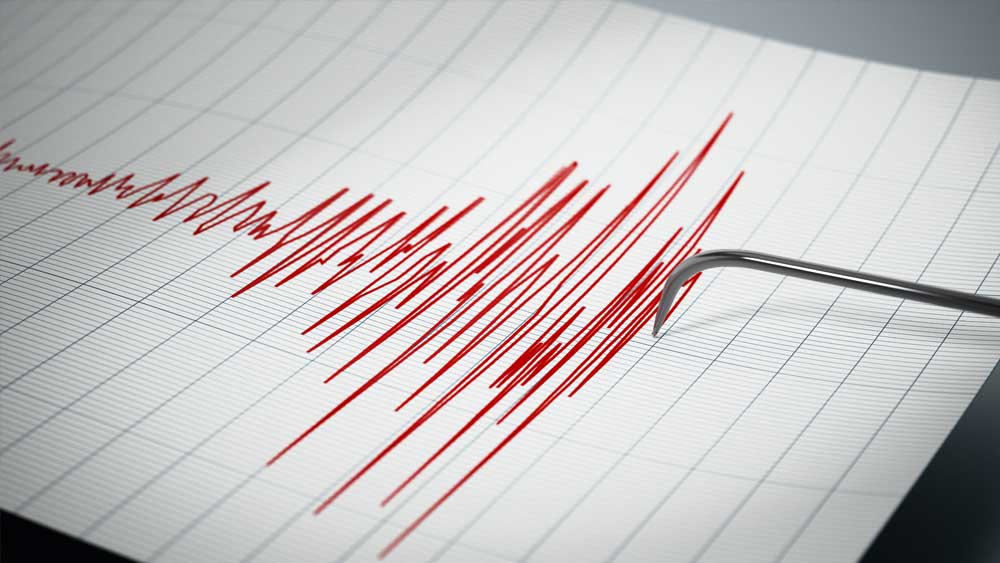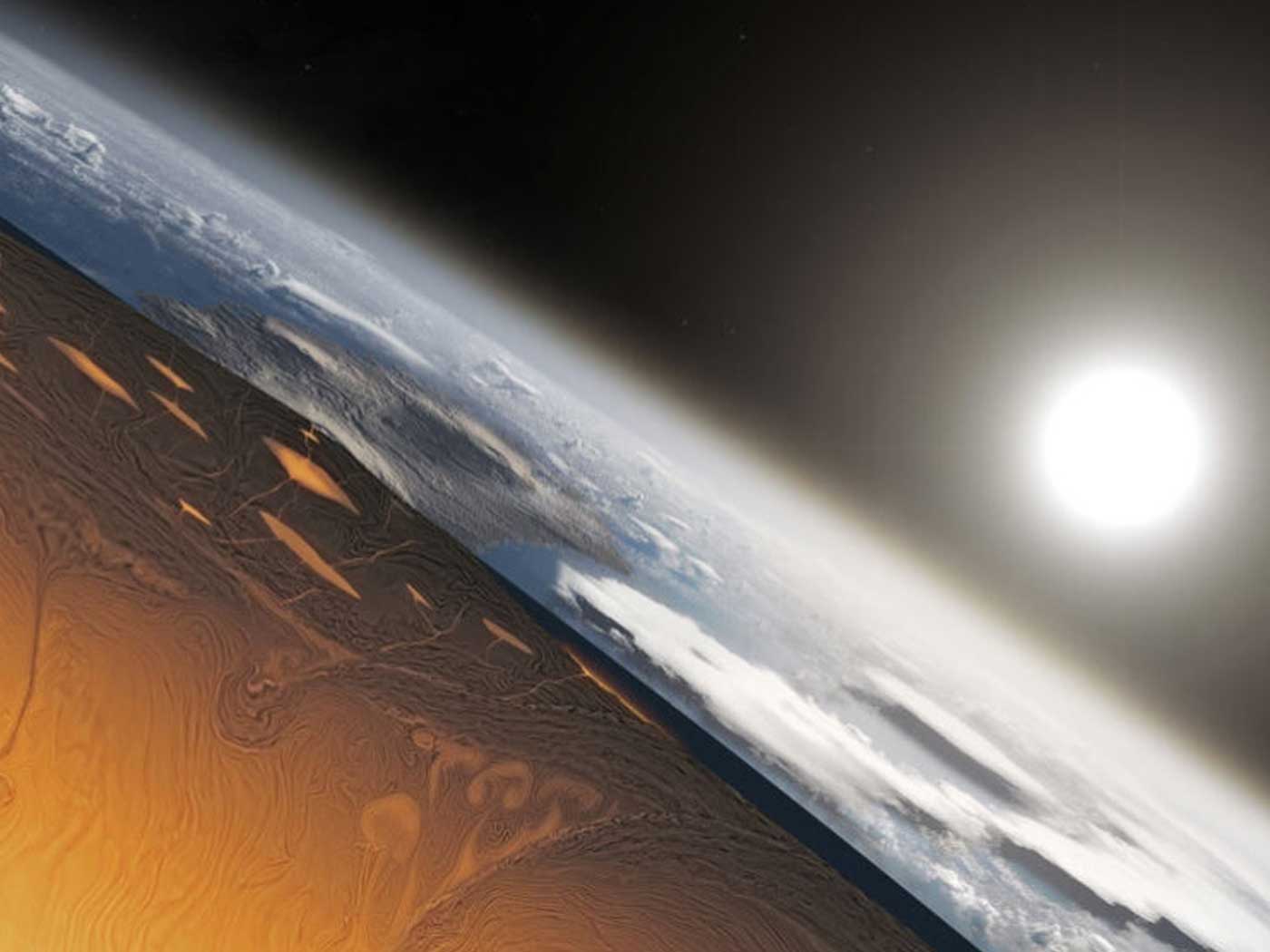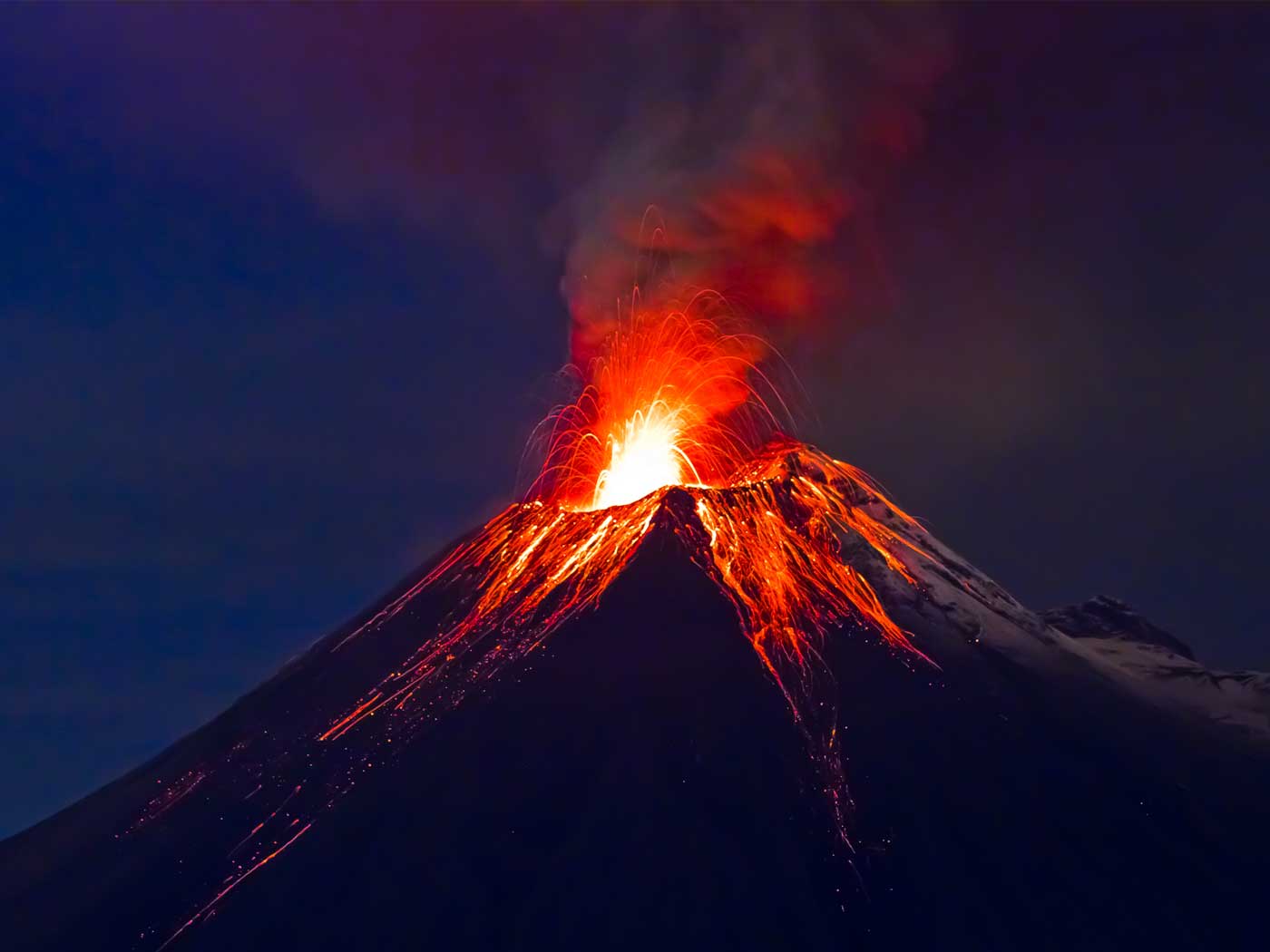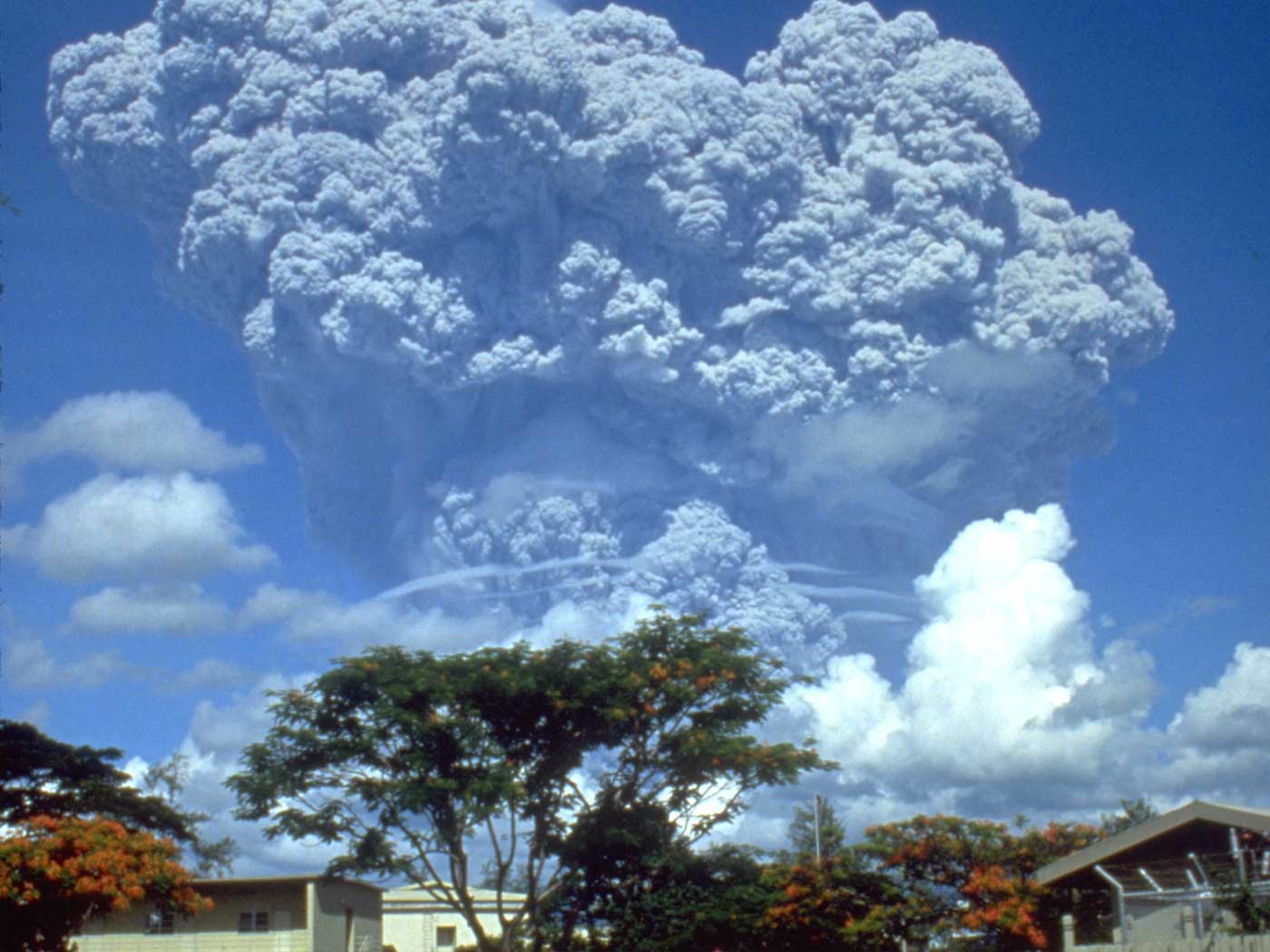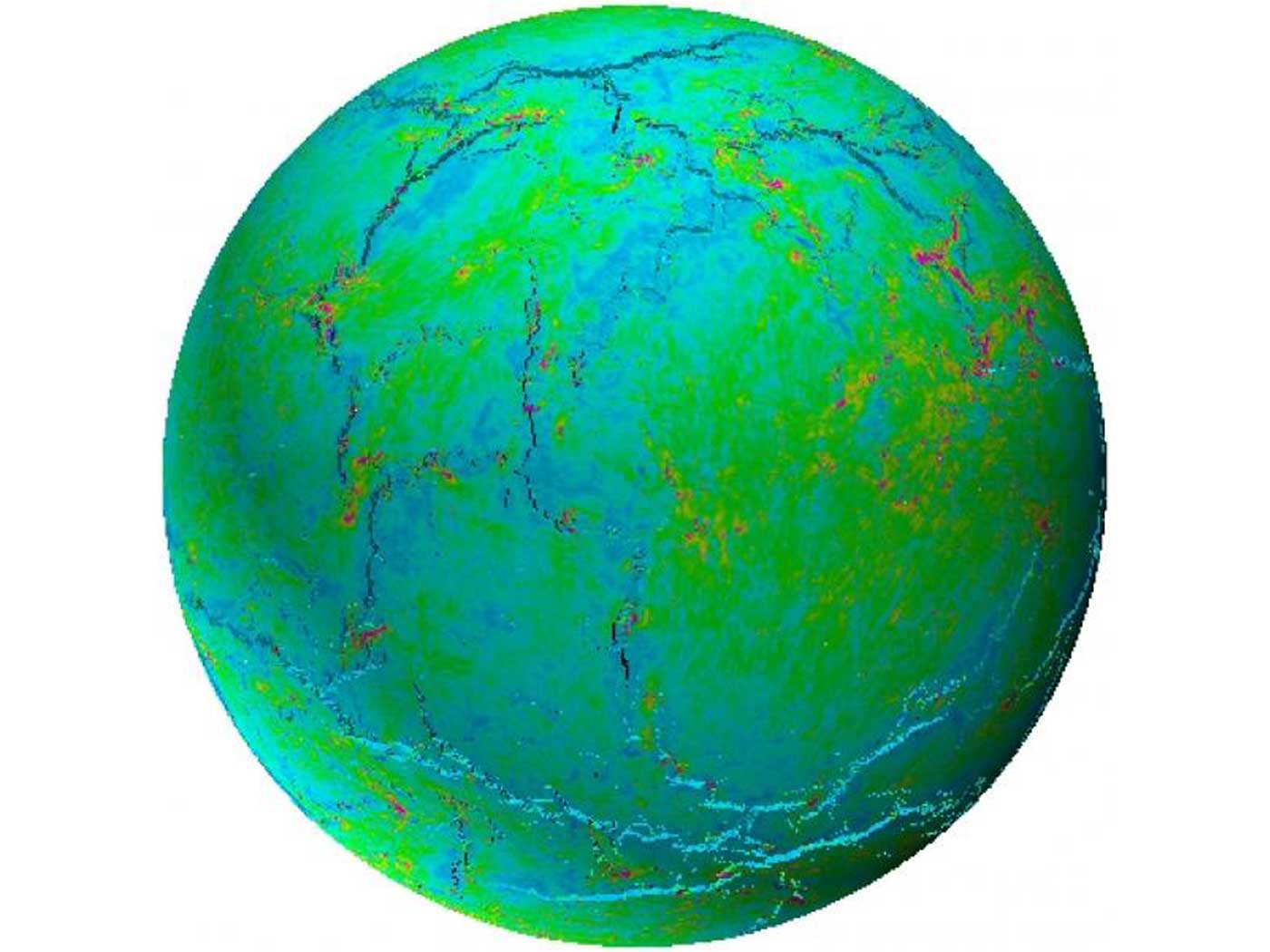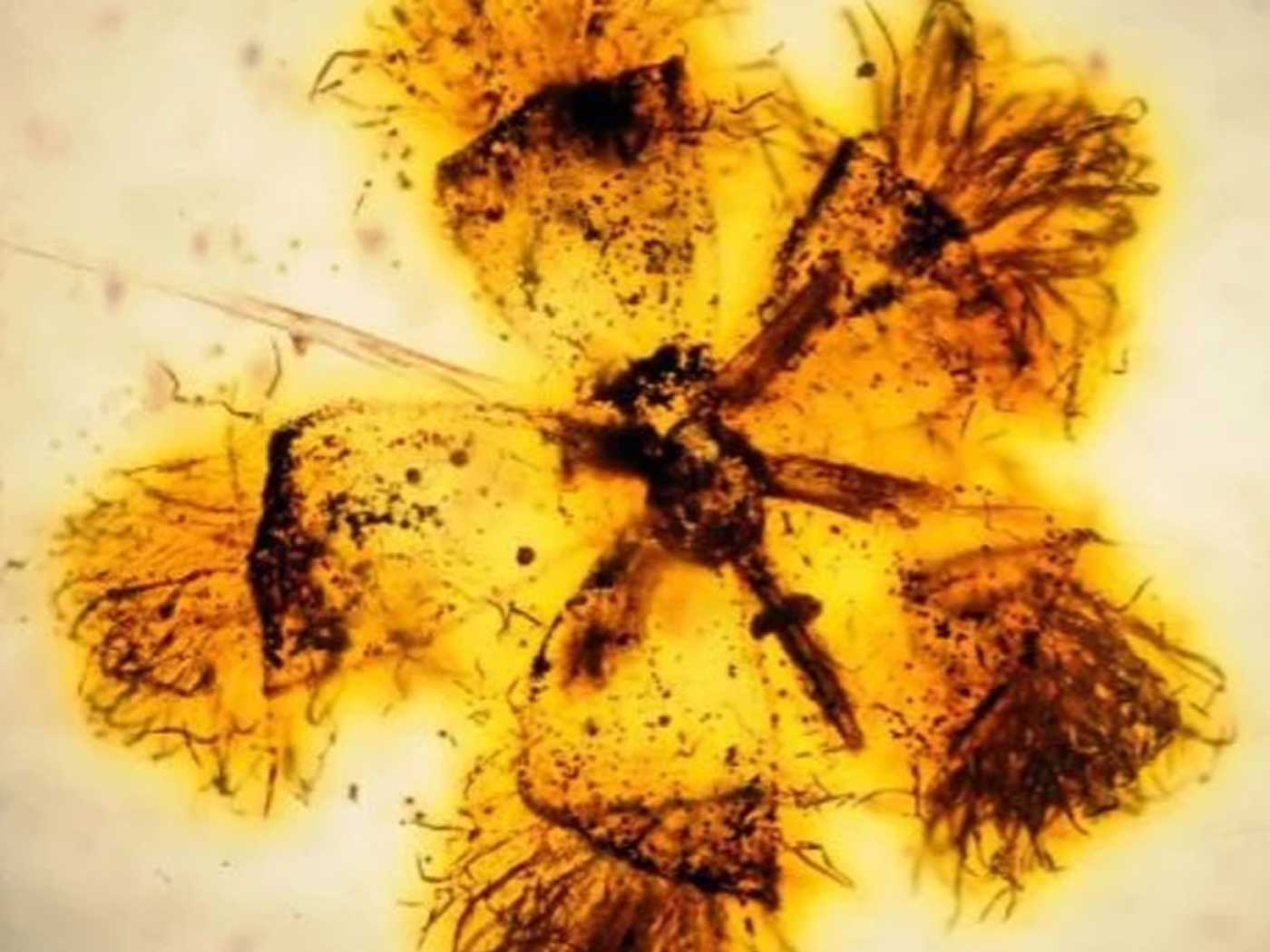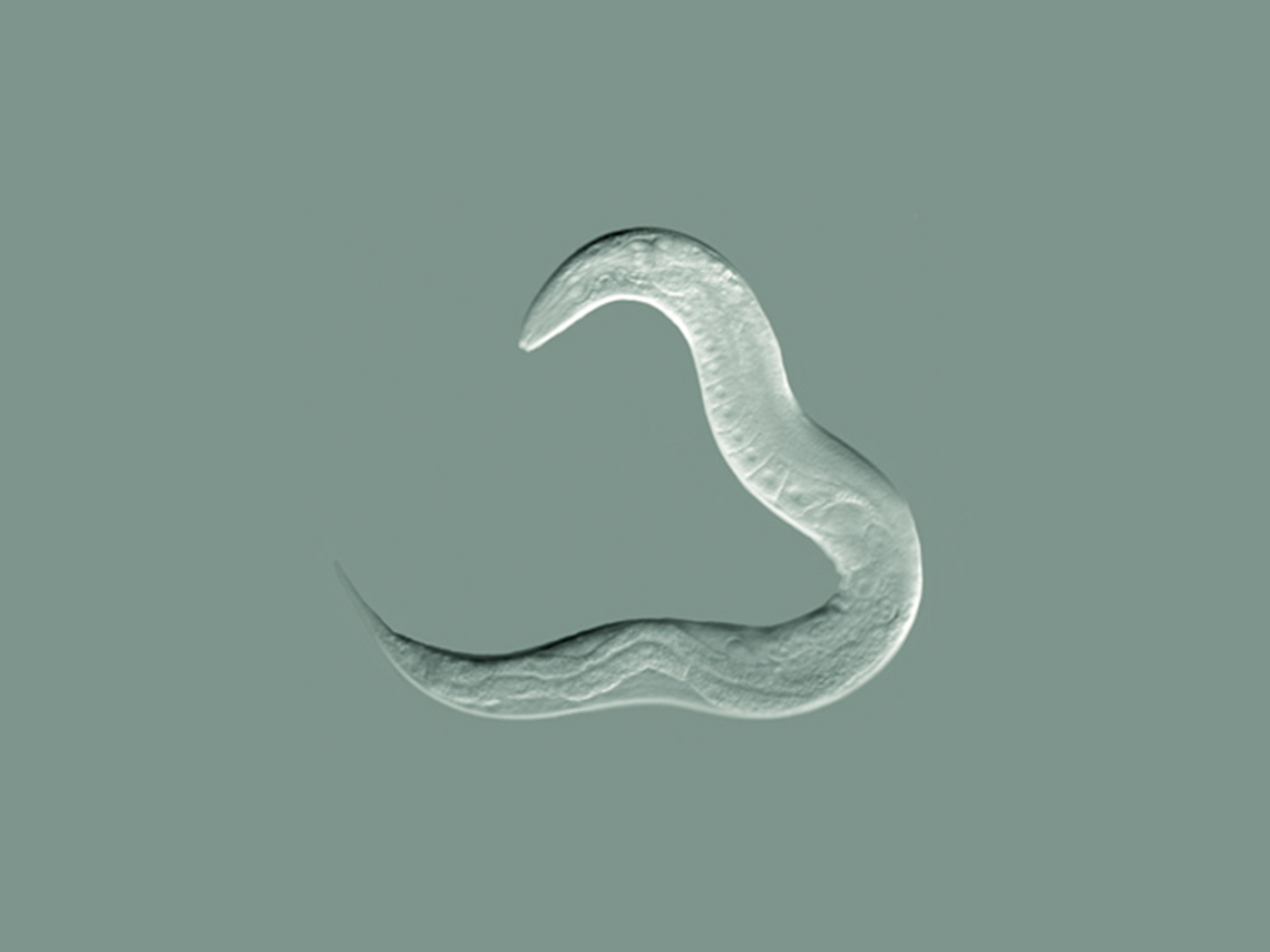The earthquake actually originated about 8 miles below the town of Magna, Utah. It shook the Salt Lake City metro area and even knocked out power in some locations.2 The 5.7 magnitude quake was the first of this size since 1962 when the area suffered a similar-sized 5.2 magnitude quake.3
The earthquake occurred on the steeply west-dipping Wasatch fault which runs along the east side of Salt Lake City. It is known as a “normal fault” caused by the stretching of the Earth’s crust. The Wasatch fault runs north-south in this area of northern Utah. Both the fault and the mountains to the east formed during Late Cenozoic extension of the western Rocky Mountains region. The west side of the Wasatch fault has dropped thousands of feet and subsequently been filled with Cenozoic and recent sediment, making wide a fertile valley. The fault also marks the beginning of the Basin and Range Province that extends to the west across much of western Utah and Nevada.
According to a report by Salt Lake Tribune writer Brian Maffly:
The Wasatch fault system’s network of cracks in the earth stretches 230 miles from Malad, Idaho south to Fayette, Utah, through Utah’s major metropolitan area, where at least 80% of the population resides. A magnitude 6 quake on the main fault could cause severe damage, depending on where it strikes. A 2016 report forecast a 57% chance of such a quake or stronger within the next 50 years.3
Why are these faults still causing periodic earthquakes in this region? Secular geologists still have not reached a consensus to explain them. The area is far from a current plate tectonic boundary and has been largely inactive since late in the Cenozoic, supposedly millions of years ago.
Flood geologists have a better explanation. We realize that these faults are not millions of years old, but only formed about 4,400 years ago near the end of the global Flood. It should not be a surprise that some of these “recent” faults are still active, especially faults as large as the Wasatch fault.
According to our research at ICR, much of the Late Cenozoic (Neogene) was the receding phase of the great Flood.4 Faults like the Wasatch fault formed as the crust was still recovering from the rapid plate motion during the Flood year. Real rock data not only confirm there was a global Flood as described in the Bible,4 but they also help us to better understand its residual effects and even a few pesky earthquakes.
References
1. Johnson, E. 2020. 658 earthquakes recorded as part of the 5.7 Magna sequence. ABC4 News. Posted on abc4.com March 30, 2020, accessed April 1, 2020.
2. Science of the magnitude 5.7 Magna, Utah earthquake. UTD Geonews. Posted on youtube.com March 18, 2020, accessed April 1, 2020.
3. Maffly, B. 2020. After a 5.7 earthquake, Utah seismologists investigate a “virtually unknown” fault.
4. Clarey, T. 2020. Carved in Stone. Dallas, TX: Institute for Creation Research, 349-352.
*Dr. Clarey is Research Associate at the Institute for Creation Research and earned his doctorate in geology from Western Michigan University.




